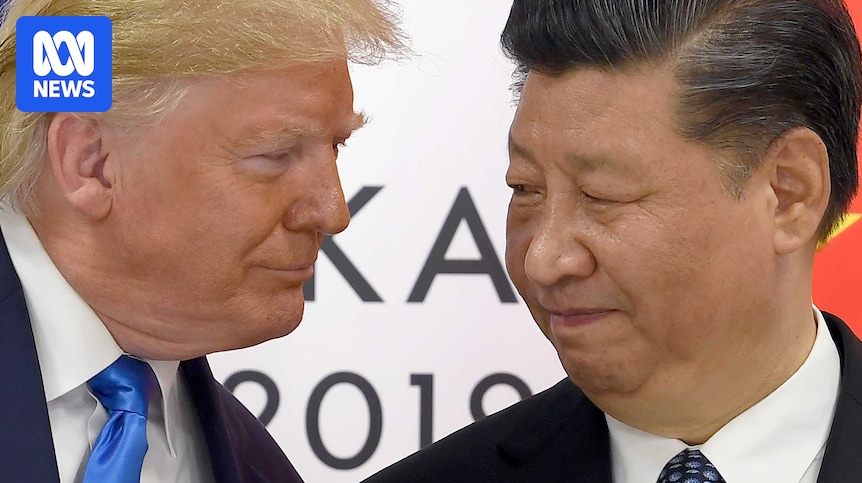Trump's Tariffs: A Boon for Australian Consumers or a Pyrrhic Victory?
Donald Trump's trade war with China, characterized by hefty tariffs on Chinese goods, initially seemed like a global economic earthquake. While the impact on the US and China was dramatic, the ripple effects reached far and wide, including Australia. The question remains: did Trump's tariffs ultimately lead to cheaper Chinese goods for Australian consumers, or was it a more complex scenario?
The Initial Shockwaves:
Trump's tariffs, implemented in stages starting in 2018, targeted a vast array of Chinese products. This triggered retaliatory tariffs from China, creating a volatile global trade environment. For Australia, a significant trading partner with both the US and China, the implications were multifaceted.
-
Increased Costs: Initially, some Australian businesses faced higher input costs due to increased prices on imported goods from China. This was particularly felt in industries relying heavily on Chinese-manufactured components.
-
Diversification Efforts: The trade war spurred some Australian businesses to explore diversifying their supply chains, seeking alternative sources for goods outside of China. This long-term strategy, while potentially beneficial, required significant investment and time.
-
The Unexpected Opportunity: While the initial impact was negative for some, the tariffs inadvertently created opportunities for others. As Chinese goods became more expensive in the US market, some manufacturers shifted their focus to other countries, including Australia, potentially offering cheaper goods for Australian consumers.
Cheaper Goods: Fact or Fiction?
The notion of significantly cheaper Chinese goods for Australia as a direct result of Trump's tariffs is a complex one. While some price reductions might have occurred in certain sectors, several factors complicate this narrative:
-
The Australian Dollar: Fluctuations in the Australian dollar against the Chinese yuan played a significant role in determining the final price of imported goods. A stronger AUD could offset any price reductions stemming from the tariffs.
-
Transportation Costs: Increased shipping costs and logistical challenges during the pandemic partially negated any potential price advantages from tariffs.
-
Supply Chain Disruptions: The global supply chain disruptions caused by the pandemic significantly impacted the price and availability of goods, regardless of their origin.
The Long-Term Impact:
While it's difficult to definitively state that Trump's tariffs directly resulted in considerably cheaper Chinese goods for Australian consumers, the trade war did create a more dynamic and uncertain trading environment. This forced businesses to reassess their strategies and adapt to a changing global landscape.
The long-term effects are still unfolding. The increased focus on supply chain resilience and diversification could benefit Australia in the long run, making the economy less vulnerable to future trade disruptions.
Conclusion:
The impact of Trump's tariffs on the price of Chinese goods in Australia was multifaceted and nuanced. While some price reductions may have occurred in specific sectors, attributing this solely to the tariffs overlooks the complex interplay of currency fluctuations, logistical challenges, and global supply chain disruptions. The overall impact is best viewed as a complex interplay of factors, with the long-term consequences yet to be fully realized. Further research is needed to quantify the precise effect of these tariffs on Australian consumers.

